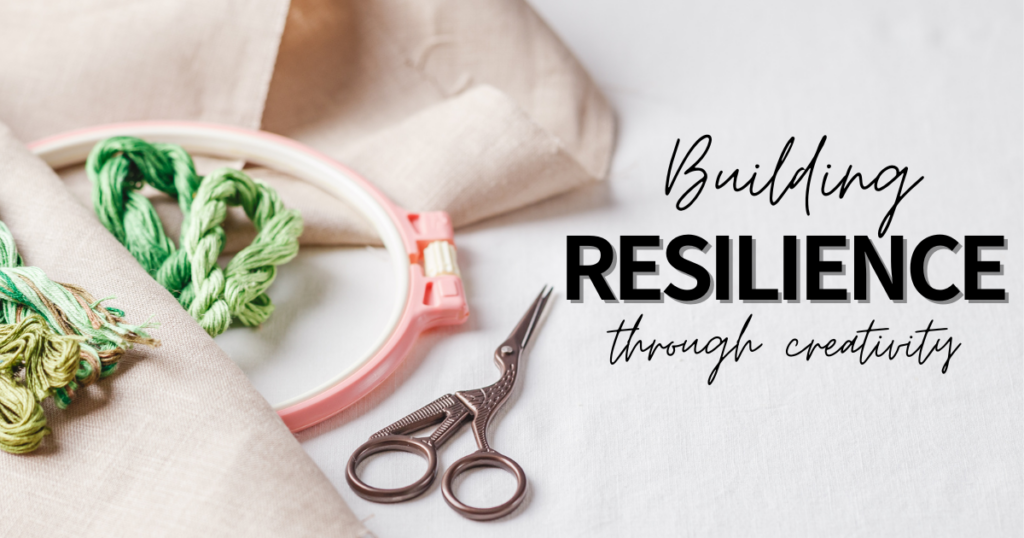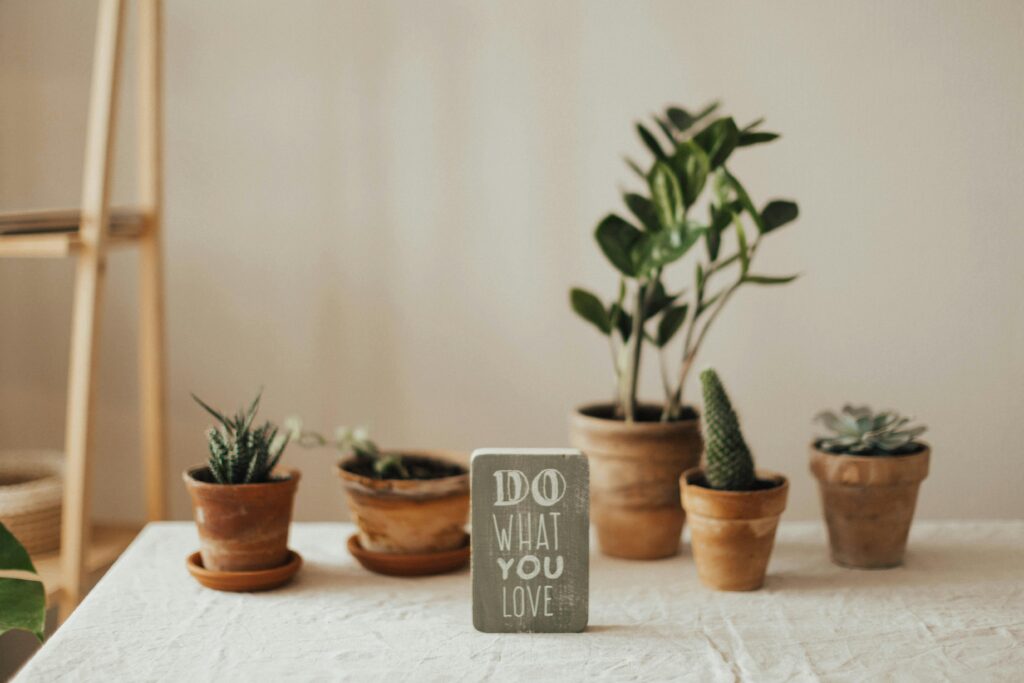Andrea and G have a lovely history together. Go here to learn more about them, and to read the first three posts in their first segment of The Fork In The Fight series.
The Fork in the Fight: recipes for restoring our souls and thriving in the face of cancer
Part 3: Introduction to Ayurveda
This is the third post in the second segment of the Fork In The Fight series. In this three-part segment, we will be sharing a recipe for the soul in finding retreat in creativity, a recipe for the body with a delicious navy bean stew, and a recipe for the mind as Andrea introduces the world of Ayurveda. Stay tuned! Check out Part 1: Recipes For Calm And Creativity and Part 2: Navy Bean Root Vegetable Stew.
Introduction to Ayurveda
Ayurveda means “Life Knowledge” and is traditional Indian Medicine.
The beauty of Ayurveda is in the shlokas, or chanted phrases, through which the knowledge has been preserved for over 5,000 years. Ayurveda teaches us to how know and love ourselves, to care for ourselves in the way that is unique to each of us.
Based on the five elemental system of ether (space), air, fire, water, and earth, Ayurveda describes three doshas, or biological humors: Vata (ether + air), Pitta (fire + water), and Kapha (water + earth). Each of us is made up of all five elements, and therefore, all three doshas; however, most of us have one or two dominant doshas that characterize our physical and psychological make up. This personal combination of Vata, Pitta and Kapha is known as our prakruti or constitution.
A few highlights of Ayurveda’s unique approach to wellness are it’s complete definition of health, use of spices to promote and sustain good digestion, and it’s acknowledgement of our individuality.
Svastha, the definition of health, according to Suśruta Samhita, Father of Surgery, literally translates as: “to be situated in oneself.” The power in this message to me is that my healthy is not your healthy, and it is certainly not everyone’s healthy. We are all situated differently. That said, the full description of Svastha includes not only our present state, but our constitution (that perfectly complete way in which we were created, and ideally, entered the world). Many Ayurvedic Dosha (personalized constitution) surveys invite looking back on our childhood to answer questions about ourself to determine our prakriti. For most of us, our true self has been tossed and turned through our journey of life. For instance, we may recall joyfully playing with our siblings in the yard, and now struggle to maintain contact, let alone connect playfully. We may recall great comfort from a parent’s treasured home-cooking, and now have little connection to what we eat.

Svastha in full is: One who is established in Self, who has balanced doshas (primary life force), balanced agni (digestive fire), properly formed dhātus (bodily tissues), proper elimination of malas (waste products), well-functioning bodily processes, and whose mind, soul and senses are full of bliss is called a healthy person. In Sanskrit:
Samadosha samāgni ca sama dhātu malakriyaha/
Prasanna ātma indriya manaha svastha iti abhidhīyate //
– Suśruta Sū 15/38
This complete picture of health can and must be approached from all aspects of life. We could have the best diet (not meaning restrictions here, rather consistent practice for food intake) for us, but without a calm, content, and easeful mind while we eat, not be able to process certain foods. We could have perfectly functioning bodily systems, but prevent ourselves from sneezing or using the bathroom when we need to, and end up with UTIs and sinus infections. We could be the picture of health, as some would say, with strong bones and muscles, but without finding ways to rest, joyfully and completely, be putting our future selves at risk for injury.
A few of my favorite recommendations that work for most people will appear in the next five posts of The Fork in the Fight. Please note that the number one recommendation is to meet with an Ayurvedic Health Counselor, Practitioner or Doctor before implementing a new regimen:
Recommendation 1
Food: Make lunch your largest meal, and enjoy it mindfully! Take your time, step away from the screens, and if you are going to have dessert, this is the best time of the day as your digestive fire is the strongest! I like to prepare my food to appeal to all the senses: using my hands to feel the vegetables as I chop and the spices before and after grinding, listening for the soft sounds of beans bubbling on the stove, displaying my dish in bowl or on plate in a way that satisfies the eyes so much, there is no text message or TV show that would better suit, and finally closing my eyes to inhale the healing aroma and allow the taste to permeate tongue and heart. I often sigh deeply after the first few bites of good food when I am paying attention. 😉

With love and gratitude,
Andrea and G
Put A Fork In It! Send us your comments, suggestions and food-fighting ways to support a healing life.







